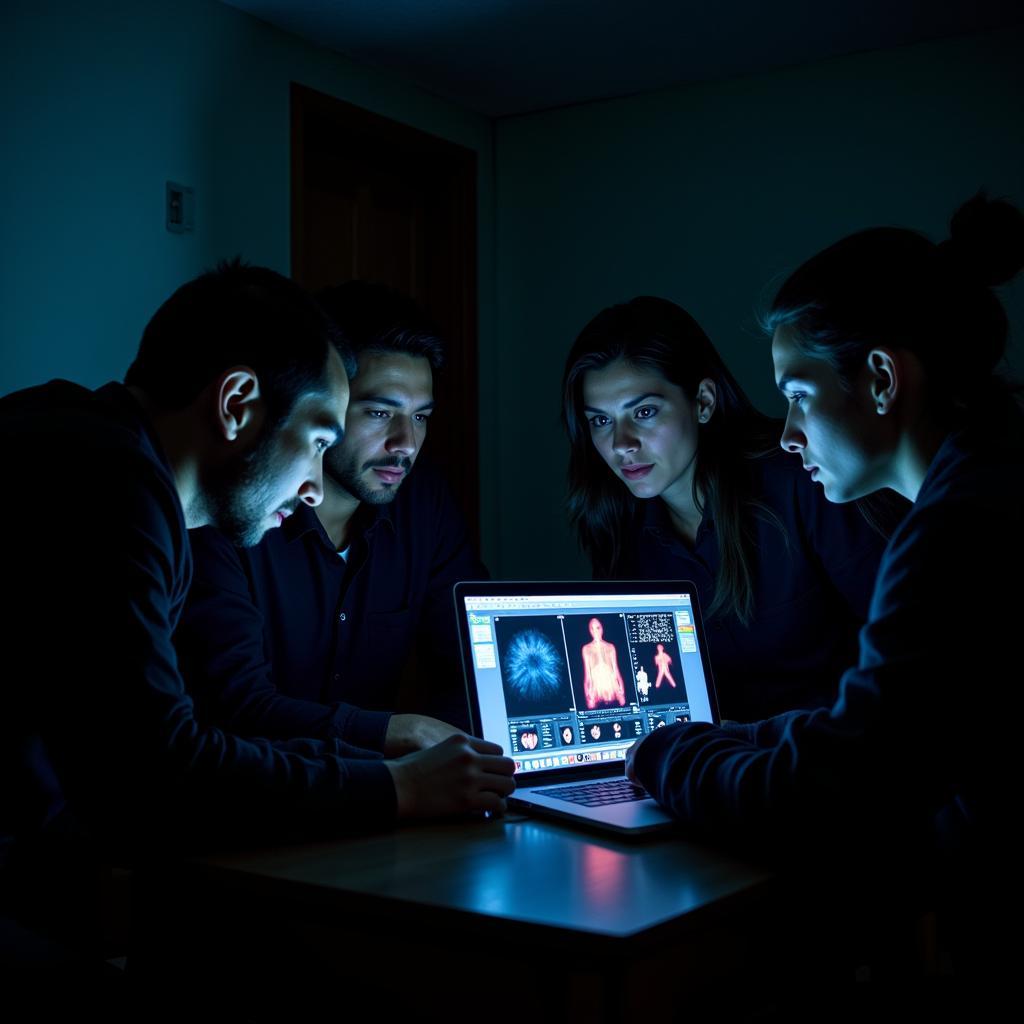Causal research sits at the heart of understanding the intricate relationships between events in our world, especially when those events border on the inexplicable. But what exactly does this type of research entail, and how can it be applied to the enigmatic realm of paranormal phenomena?
 Causal Research in Paranormal Investigation
Causal Research in Paranormal Investigation
Delving into the Definition of Causal Research
Causal research, also known as explanatory research, goes beyond simply observing correlations. Its core objective is to establish a definitive link between a specific cause and its observed effect. This type of research seeks to answer the “why” behind phenomena, providing a deeper understanding of the mechanisms at play.
Essential Elements of Causal Research
Three fundamental criteria must be met to establish causality:
- Temporal Precedence: The cause must occur before the effect. For example, if a haunted object is believed to cause nightmares, the presence of the object must precede the onset of the nightmares.
- Covariation: A change in the cause must be consistently associated with a change in the effect. If the intensity of paranormal activity increases when a specific event occurs, this could suggest a causal link.
- Non-Spuriousness: All other potential explanations for the observed relationship must be ruled out. This is arguably the most challenging aspect of causal research, particularly in the paranormal field, where confounding variables can be difficult to control.
Applying Causal Research to Paranormal Phenomena
Let’s imagine you’re investigating a reportedly haunted house. You might ask questions like:
- Does the presence of a specific antique mirror coincide with reports of cold spots or apparitions?
- Are electronic voice phenomena (EVPs) more frequent after attempts to communicate with spirits?
- Does the history of the house, such as a tragic event, correlate with the type and frequency of paranormal activity?
By systematically studying these potential relationships and meticulously documenting your findings, you can begin to piece together a clearer understanding of the cause-and-effect connections that may be driving the phenomena.
Challenges and Considerations
It’s important to acknowledge the inherent difficulties in applying strict scientific rigor to the investigation of paranormal activity.
“Paranormal phenomena, by their very nature, often defy traditional scientific methods,” explains Dr. Emily Carter, a leading researcher in parapsychology. “The subjective nature of experiences, the difficulty in replication, and the potential influence of belief systems all contribute to the complexities of this field.”
 Analyzing Paranormal Evidence
Analyzing Paranormal Evidence
Conclusion
While causal research in the paranormal field presents unique challenges, it remains a valuable tool for those seeking to shed light on the mysteries of the unknown. By adhering to the principles of causal research, embracing a critical yet open mind, and employing a combination of traditional scientific methods and innovative investigative techniques, we can strive to unlock a deeper understanding of the enigmatic forces that may lie beyond our current perception.
If you have experienced unexplained phenomena and seek guidance in understanding potential causes, our team at Paranormal Research is here to help. Contact us at 0904826292, email us at research@gmail.com, or visit us at No. 31, Alley 142/7, P. Phú Viên, Bồ Đề, Long Biên, Hà Nội, Việt Nam. Our 24/7 support team is ready to assist you on your journey into the world of the paranormal.